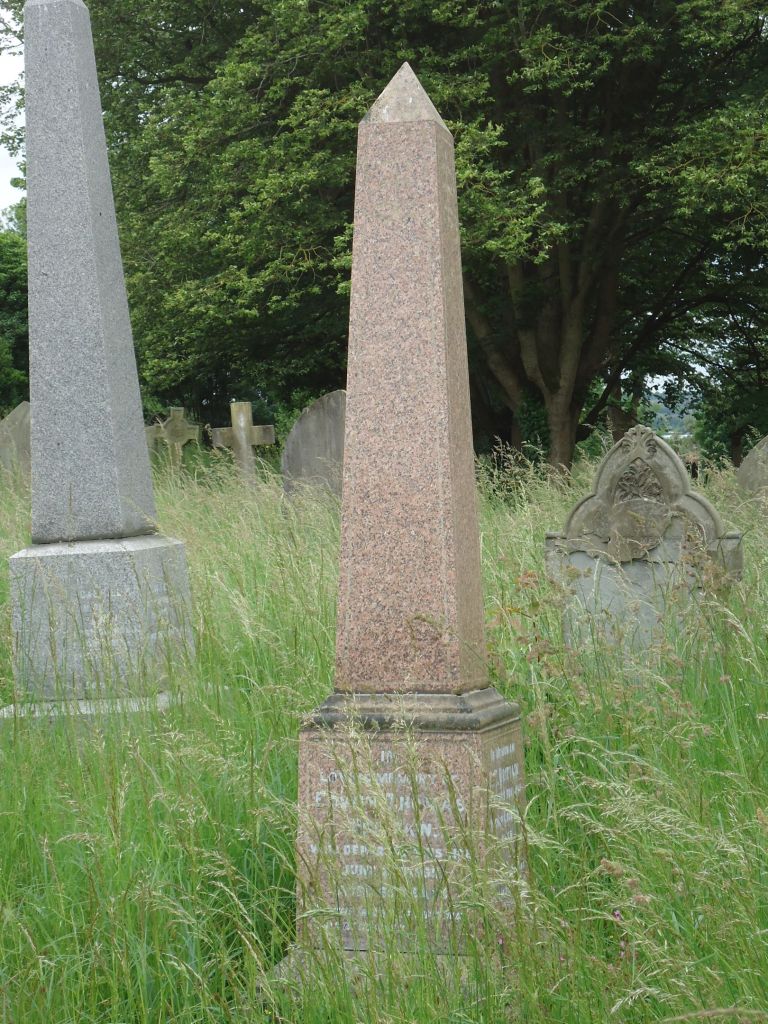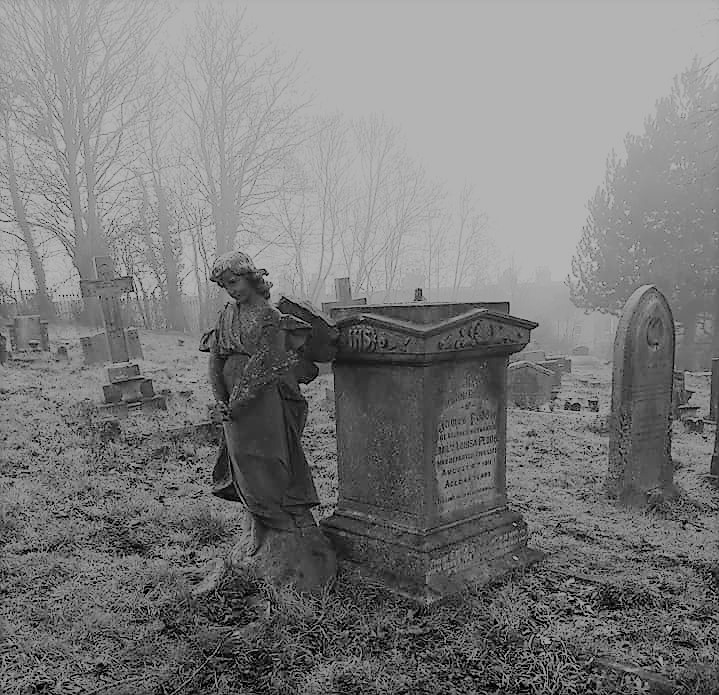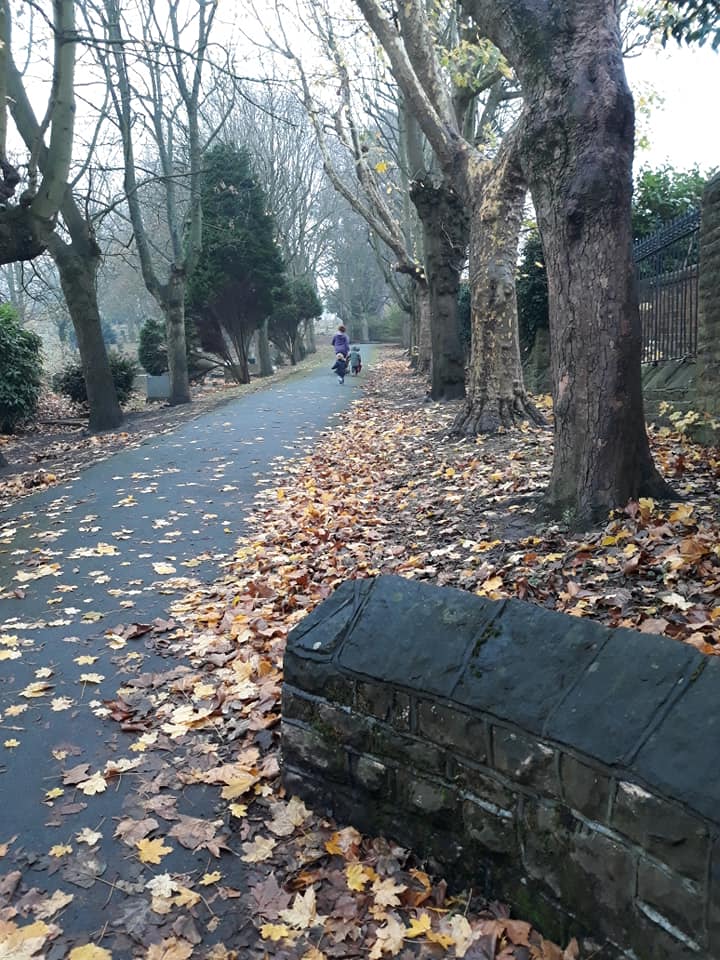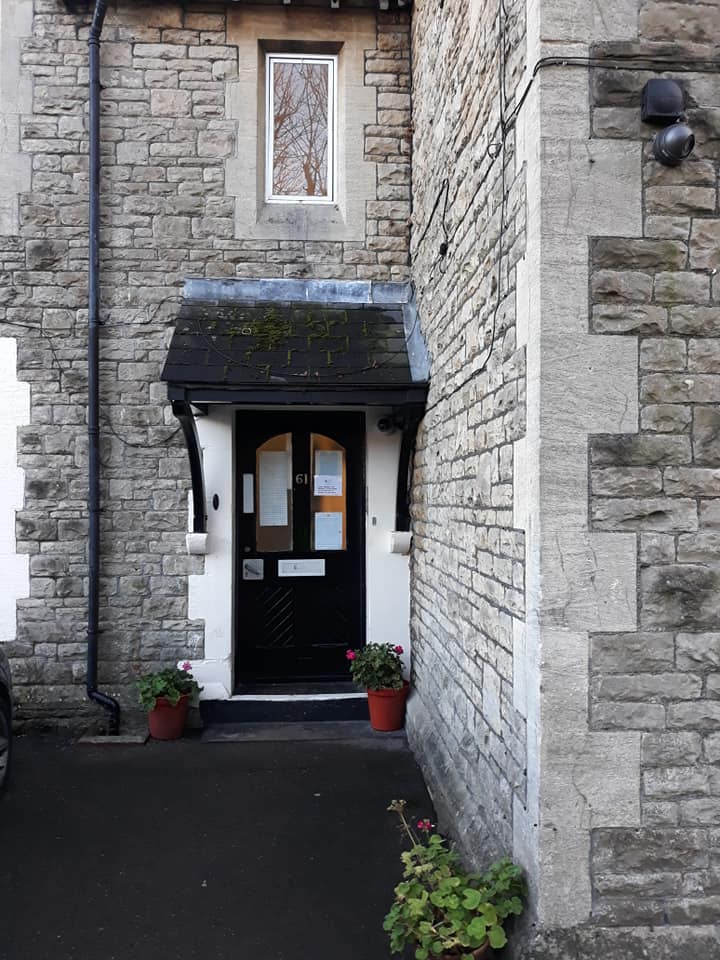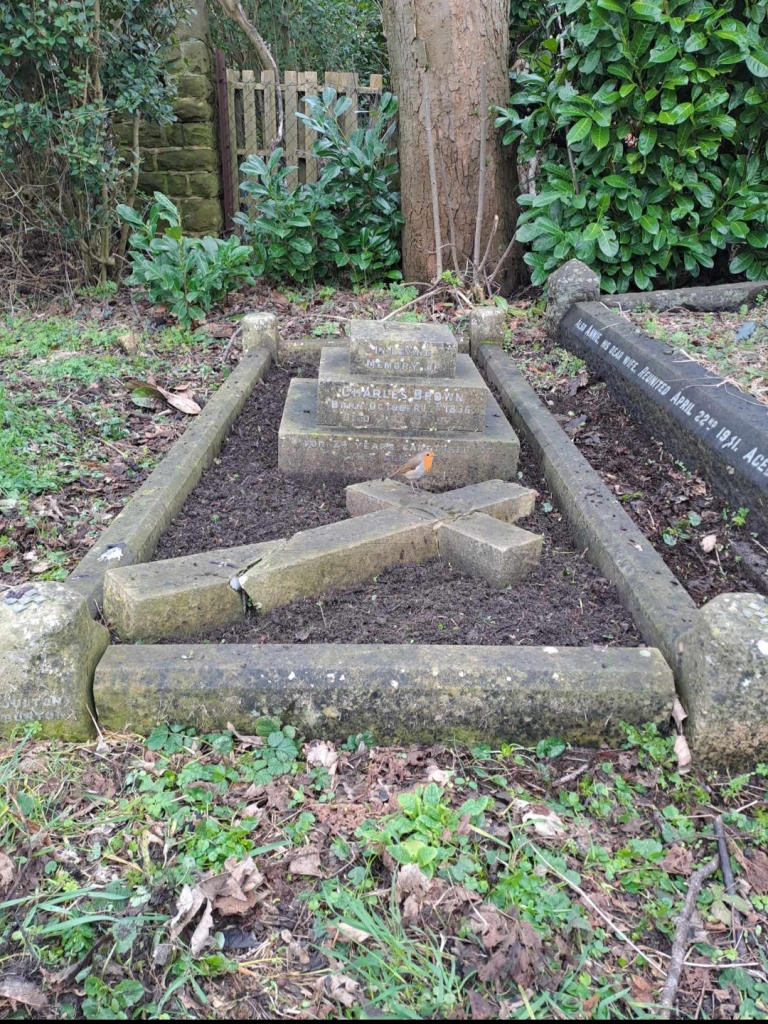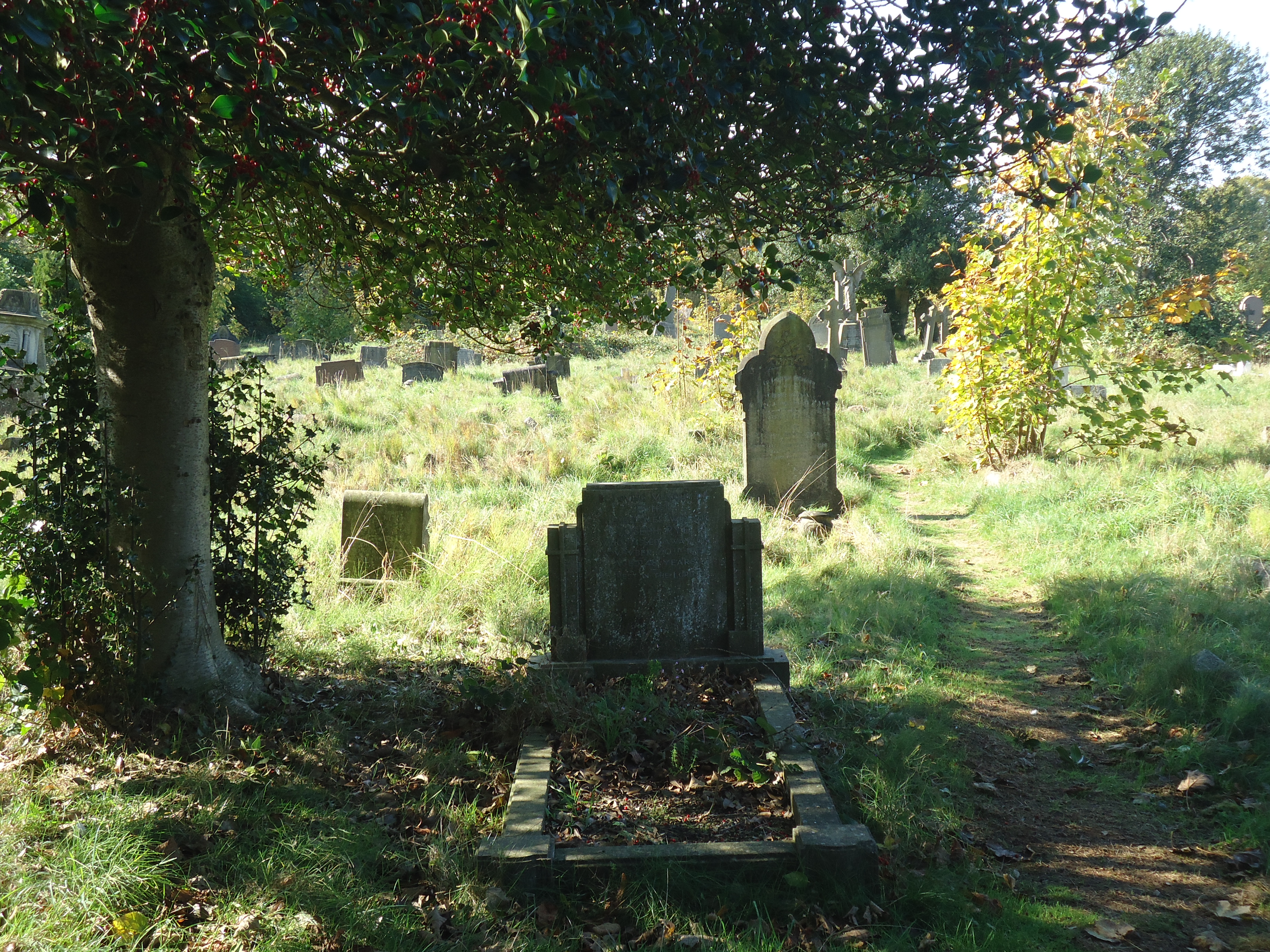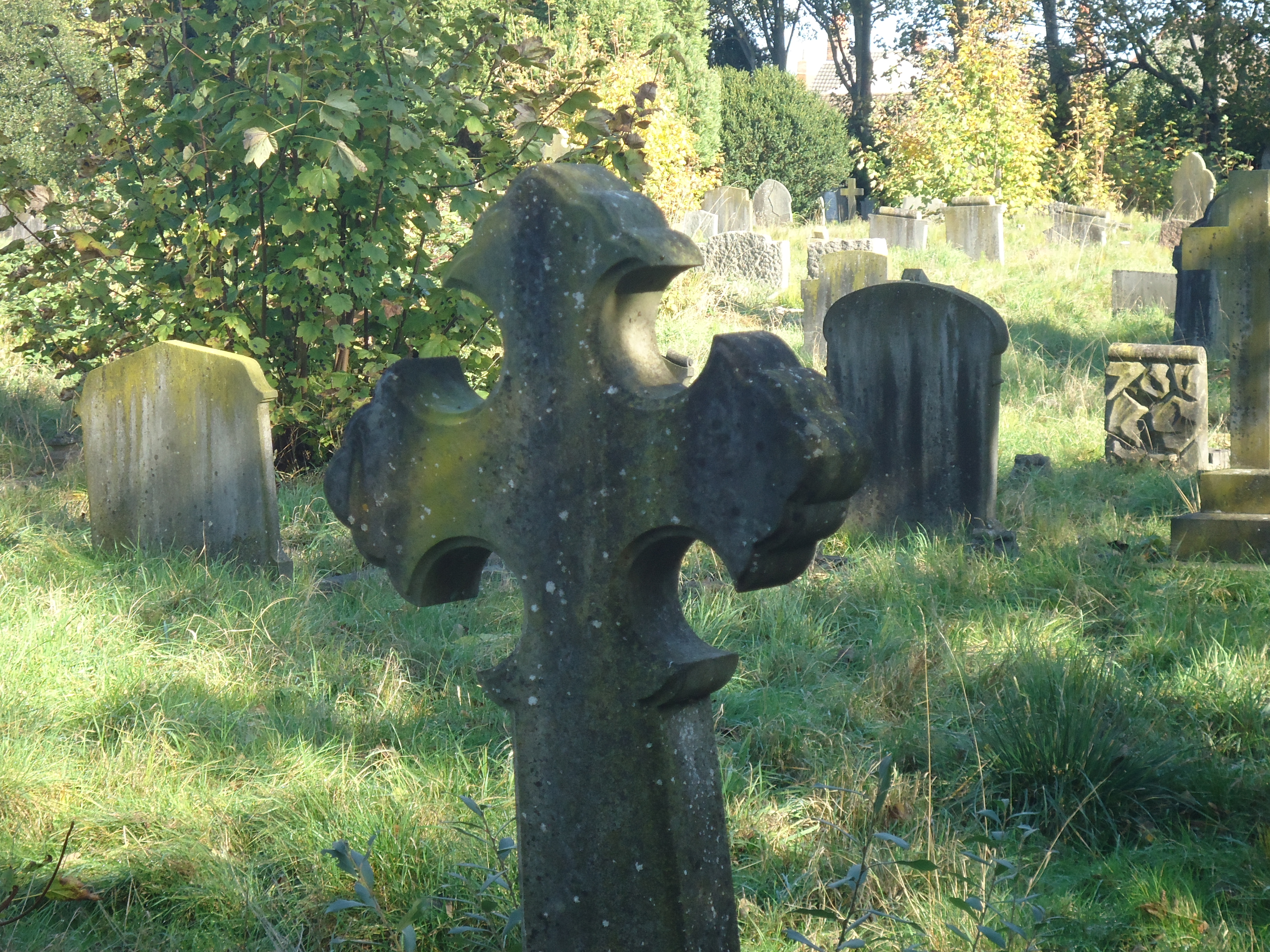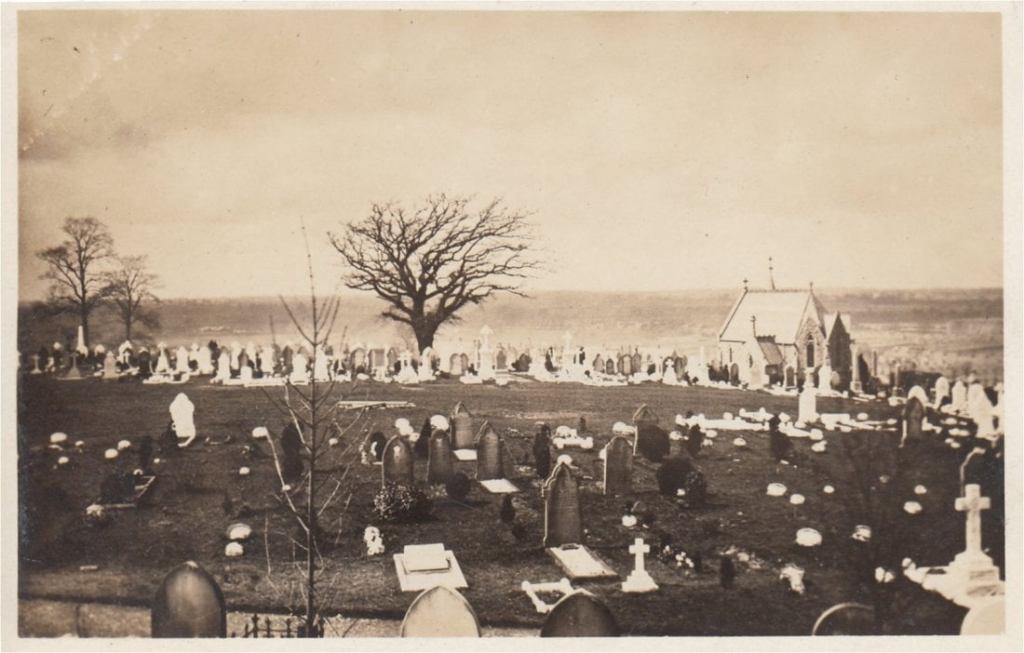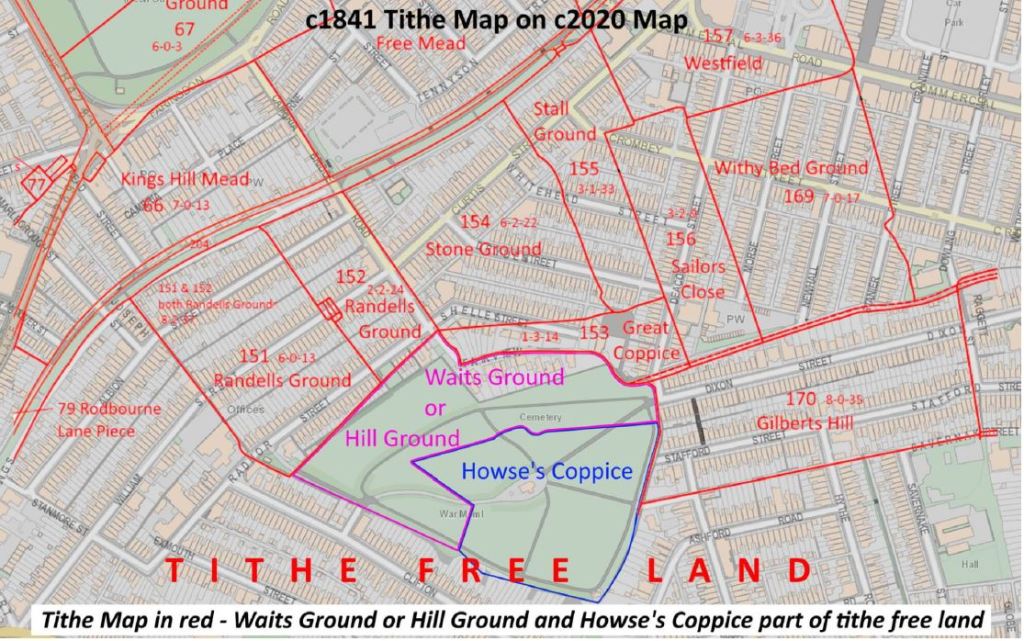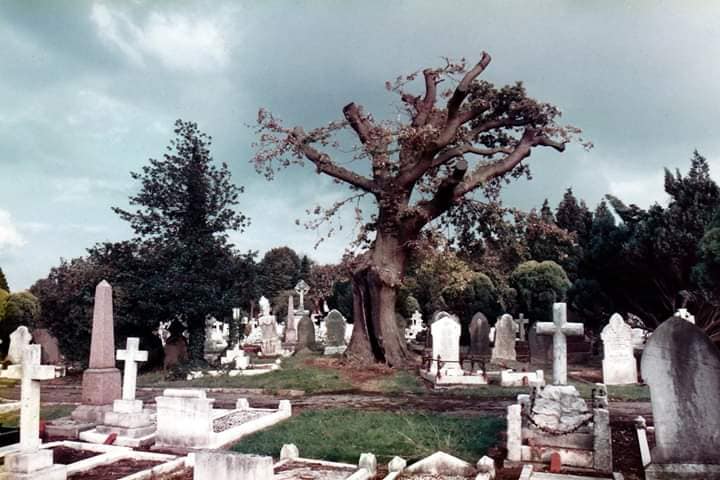
The re-imagined story…
My granddaughter is calling her new baby daughter Florence. I love it that all the old names are coming back into fashion.
Did you know that Florence Nightingale was named after the Italian city? I always wanted to travel to Florence; to walk the medieval roads and cross the Ponte Vecchio; to offer up a prayer inside the Cathedral of Santa Maria del Fiore; to stand before Botticelli’s Birth of Venus in the Uffizi Gallery. Oh my! Such a romantic city. I was lucky to have a week in Weston every summer as my parents reminded me when my imagination got the better of me.
There wasn’t a lot of romance to be found growing up in post war Swindon. The closest I ever got to Florence was a house up the road from ours called Florence Villa. This was not an example of Renaissance architecture but a modest little red brick terrace property like all the others in Swindon Road. I used to wonder if the house was named in honour of a pilgrimage to that beautiful city, or maybe one that never came to fruition, like mine.
I later discovered it was the home of a senior official in the GWR Works, Mr William H. Ludgate, who had named his home in honour of his daughter Florence. Florence Ludgate lived in Florence Villa with her parents until her father died in 1921. By the time I grew interested in the house she was long gone but no one seemed to remember what had become of her.
I’ll suggest my granddaughter names her home after her new baby. Perhaps in years to come someone will speculate on the naming of a 21st century urban property. I wonder what our little Florence will achieve in her lifetime? What places will she visit? Perhaps she’ll fulfil my dream and visit her namesake city. More than anything I hope her story will live on, and that she will not be forgotten like Florence Ludgate.
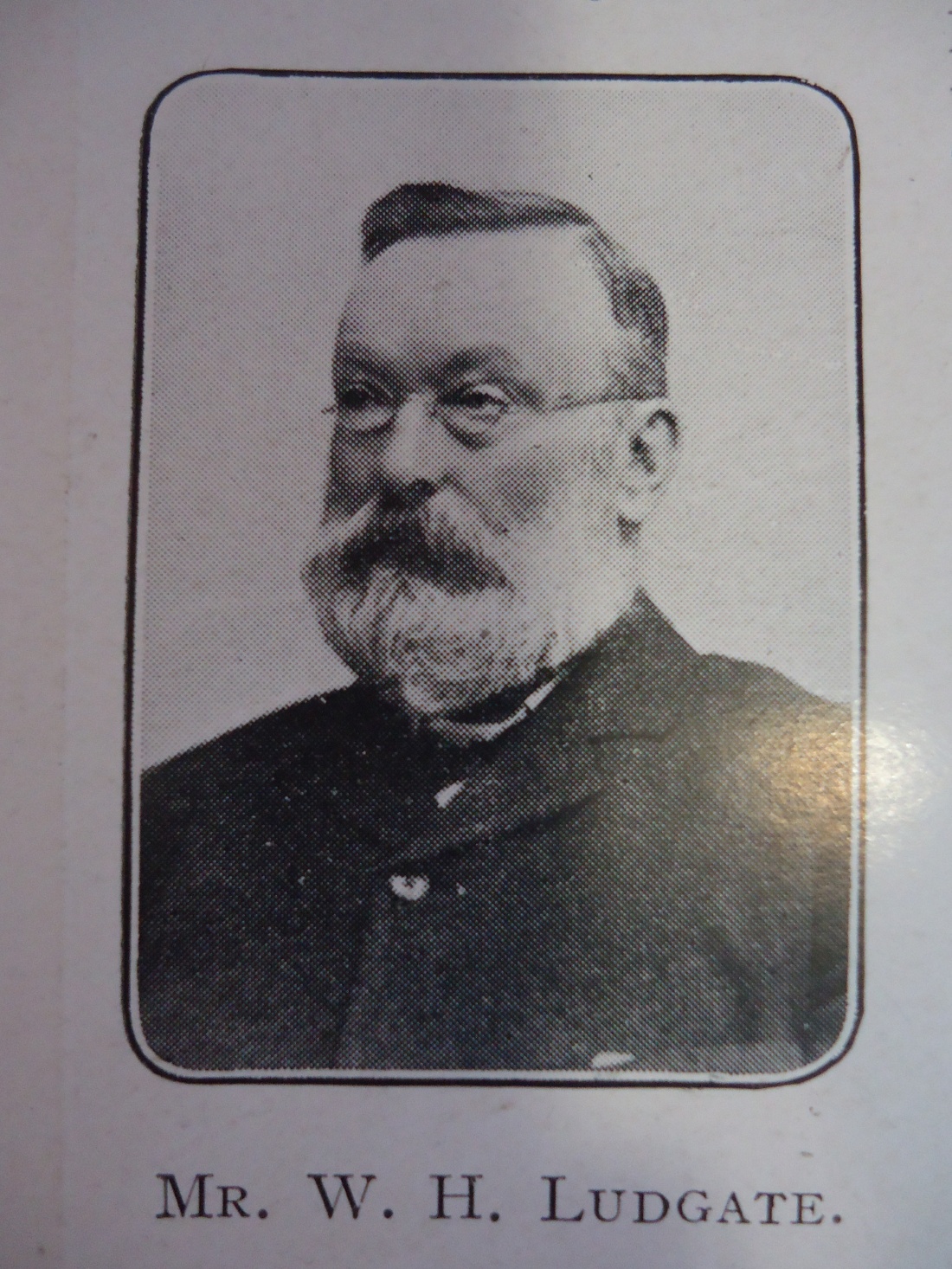
The facts …
William Homan Ludgate was born in Fermoy, Ireland in 1833, the son of Robert Hooper Ludgate. He married Caroline Hill, the daughter of inn keeper George Hill, at St John the Baptist Church, Gloucester on December 2, 1857.
By the time of the 1861 census William and Caroline were living at 7, Bellwood Place, Swindon where Caroline’s sister Jane was staying with them.
The couple had two surviving children, William George born in 1864 and Florence born in 1873. According to the 1911 census Caroline states that a third child had been born and died by that date.
By 1891 the family were living at Florence Villa, Swindon Road, their home for more than thirty years.
Caroline died in 1918 and William in 1921. They are buried together in plot D401.
Swindon – The close of 1907 saw the retirement, after more than fifty-four years’ service, of one of the oldest Carriage and Wagon Department servants, in the person of Mr W.H. Ludgate , Chief Travelling Inspector. He started under the late Mr John Gibson, Paddington, at a time when there were no carriage or wagon shops at Swindon, the whole of the stock being purchased from private firms. Mr Ludgate was shortly after transferred to Gloucester, to inspect the stock purchased by the company, which came from the North loaded in wagons and had to be put on broad gauge frames at Gloucester.
Probably during the past forty years there has been no better-known man in wagon-building and private freighters’ circles than Mr Ludgate. Possessed of ability considerably above the average and of that invaluable personal asset, an equable temperament, he was eminently fitted for dealing with the many difficult questions arising in regard to the construction and maintenance of privateowners’ wagons, and it is owing in no small degree to his diplomatic methods that the various regulations of the Board of Trade and Railway Clearing House in regard to private owned stock have been successfully interpreted on the Great Western Railway.
Opportunity was taken of Mr Ludgate’s retirement to present him with a drawing room clock and cheque. In making the presentation Mr Churchward said it afforded him great satisfaction to be present at such a gathering to wish an old comrade goody-bye. He congratulated Mr Ludgate on his splendid record and announced that there were upwards of 600 subscribers to the testimonial.
Mr Ludgate has the best wishes of our readers for a happy retirement.
Great Western Railway Magazine 1908.
Ludgate, Caroline of Florence Villa Swindon Road Swindon Wiltshire (wife of William Homan Ludgate) died 7 February 1918 Probate London 20 March to Florence Ludgate Spinster Effects £2014 15s 2d.
Ludgate, William Homan of Florence Villa Swindon Road Swindon Wiltshire died 13 March 1921 Probate London 30 April to William George Ludgate engineer captain R.N. (retired) and Florence Ludgate Spinster Effects £8149 17s 10d.
Mr Ludgate had more than one string to his bow –
Gas Company Founder – The funeral of the late Mr William Henry [Homan] Ludgate of Florence Villa, Swindon Road, Swindon, one of the founders and for 43 years chairman of the Swindon United Gas Company, who died on Sunday, 13 March, at the ripe age of 87 years, took place on Friday in last week. The cortege left deceased’s late residence and proceeded to St Paul’s church where the first portion of the service was conducted by the Rev C.W. Jacob (Vicar) and Rev C. Averary Jones (Curate). The Vicar also officiated at the graveside in the cemetery, where deceased’s remains were laid to rest beside those of his late wife, who died three years ago. The chief mourners were Capt. W.G. Ludgate of Southsea (only son) Miss Florence Ludgate (only daughter) and Misses B. & E. Arkell, of Cheltenham (cousins). The Gas Company was represented by Mr A.G. White, Mr W. Harvie, Mr F.W. Adams, and Mrs J.S. Protheroe (directors). Mr E.G. Vince (Secretary) and Mr H.C. Shepherd. Mr Ernest Bishop represented the New Swindon Building Society, of which deceased was for many years Chairman, and there were also present Mr H.K. Noble, Mr Birks, Mr Jennings, and other old friends. There were numerous lovely wreaths and other floral tributes.
Faringdon Advertiser and Vale of the White Horse Gazette Saturday 26 March 1921.
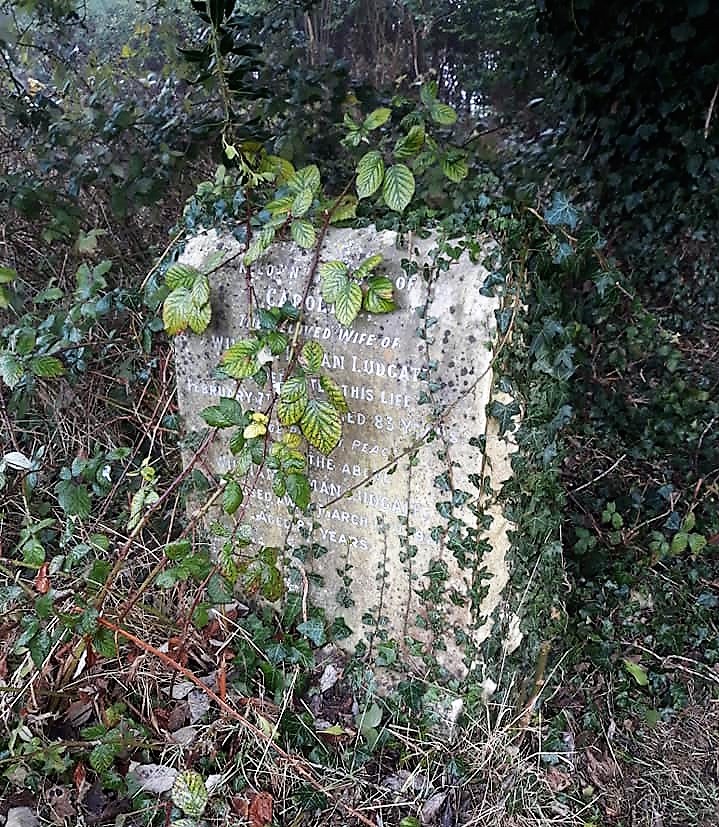
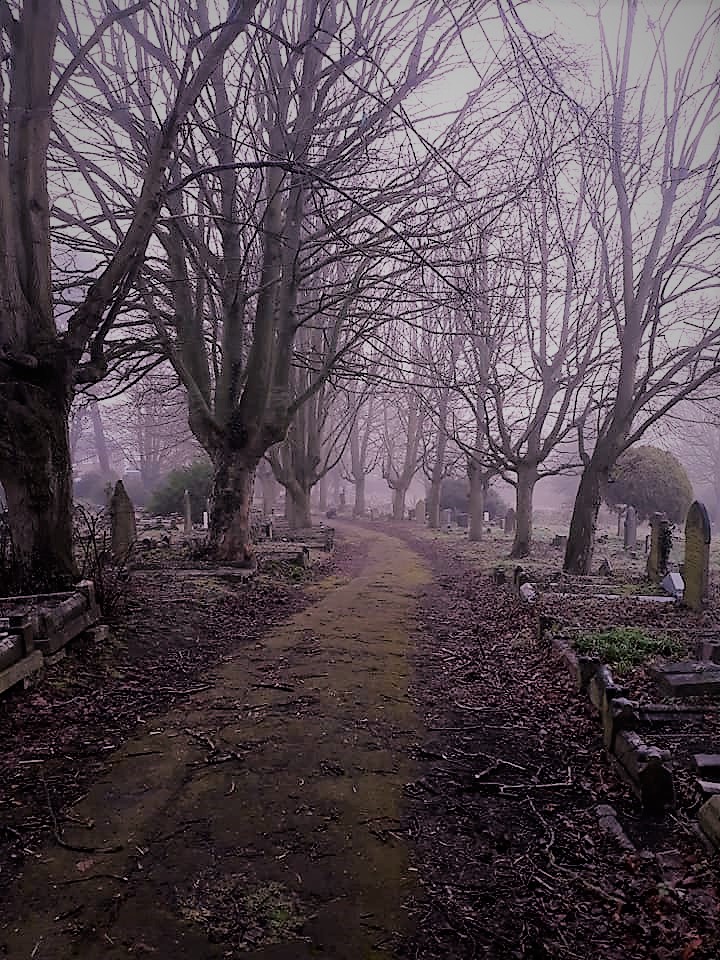
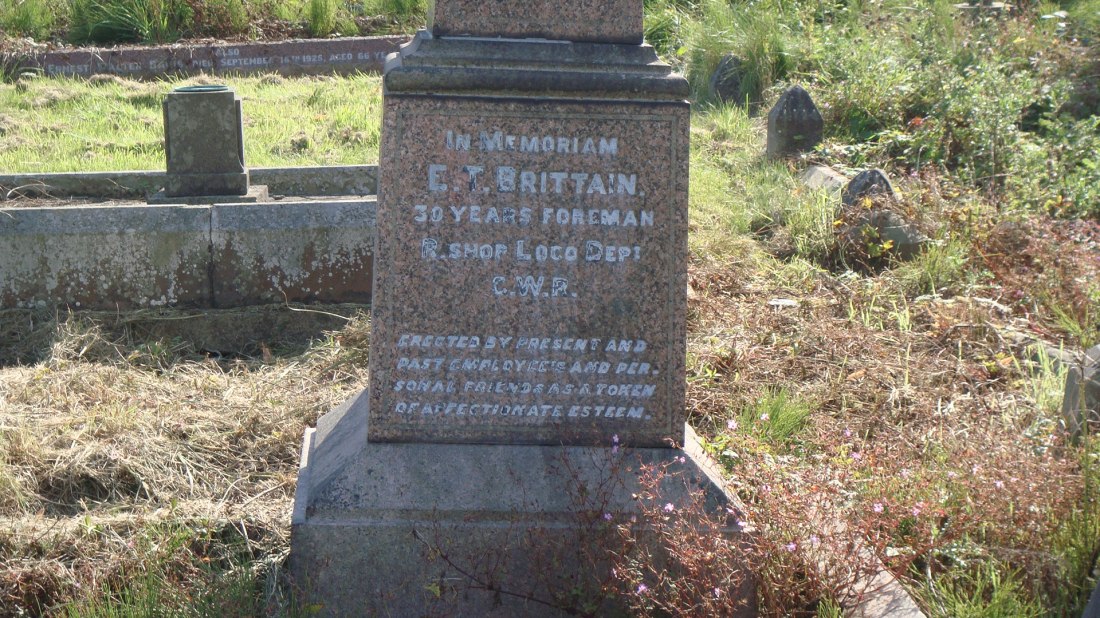
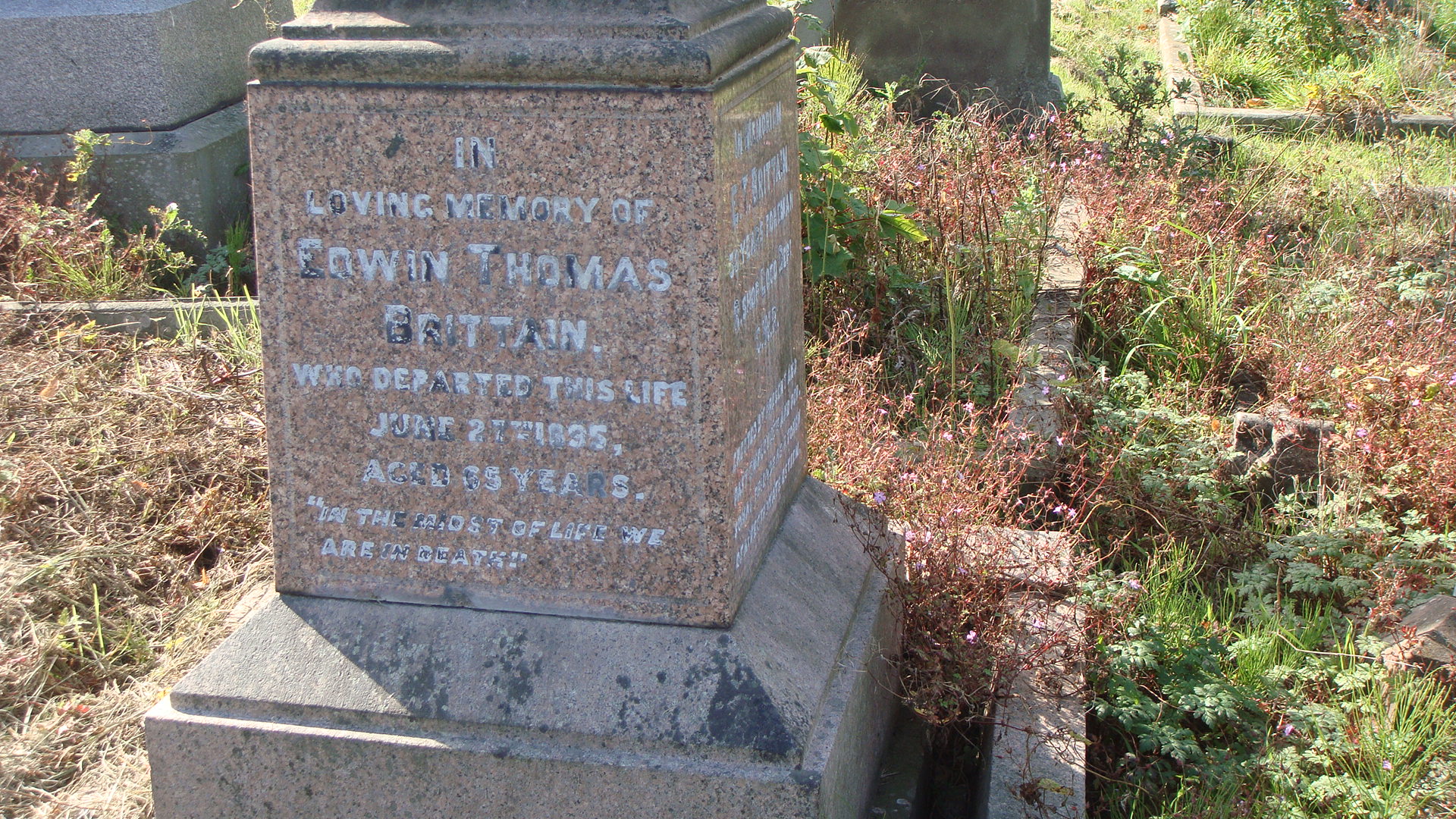
![20240807_143421[4011]](https://radnorstreetcemetery.blog/wp-content/uploads/2024/07/20240807_1434214011.jpg)
